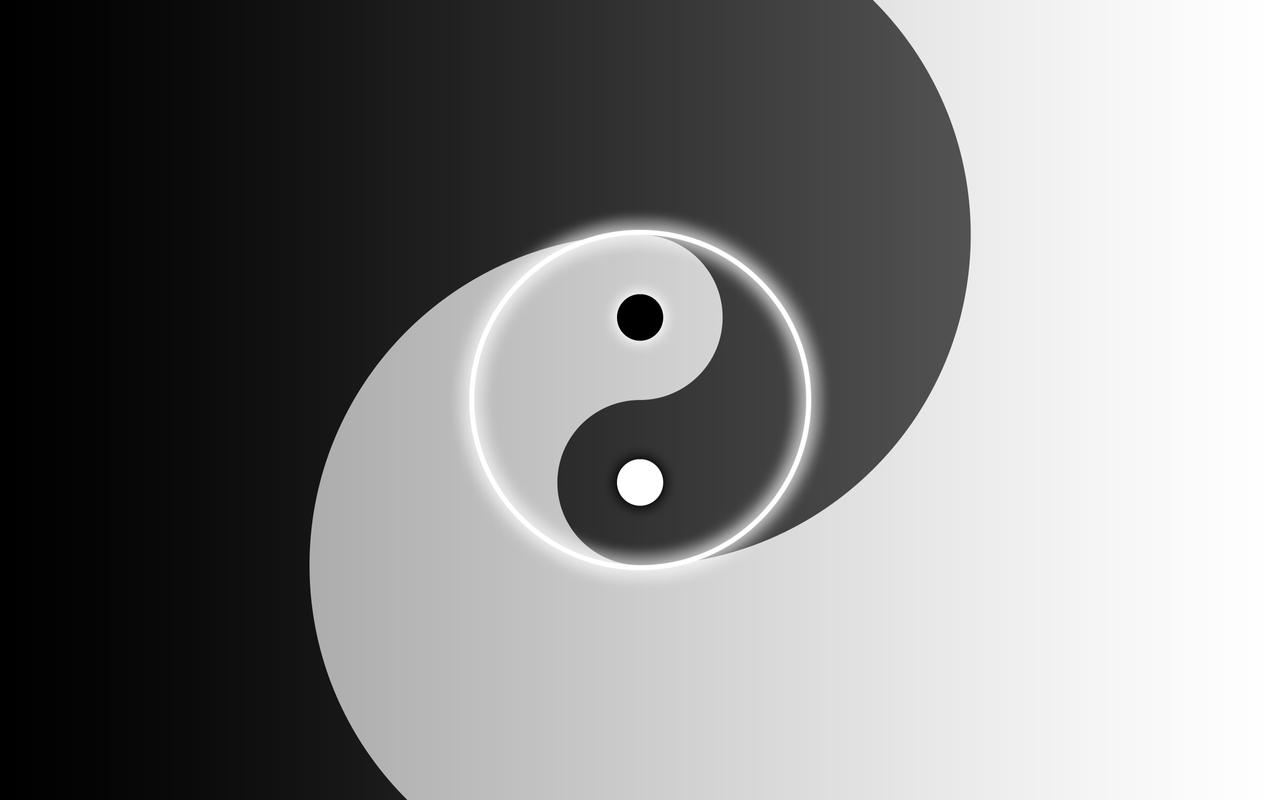Physical Address
304 North Cardinal St.
Dorchester Center, MA 02124
Physical Address
304 North Cardinal St.
Dorchester Center, MA 02124

Core Principle:
All individuals embody a dynamic blend of masculine and feminine energies, with one typically dominating but never wholly excluding the other—just as yin contains a seed of yang, and yang a seed of yin.
1. Empirical & Philosophical Support
A. Biological Basis
B. Cultural Universals
2. Modern Applications
| Trait | Masculine Expression | Feminine Expression | Blended Example |
| Leadership | Directive (CEO) | Collaborative (Team Coach) | A CEO who mentors (authority + care). |
| Love | Protective (Shield) | Nurturing (Embrace) | A father soothing a child’s fears. |
| Ambition | Competitive (Climb ranks) | Relational (Build networks) | A woman negotiating a raise empathetically. |
3. Refined Statement
“Masculinity and femininity are not identities but energies—fluid, overlapping currents in every person. The yin-yang truth: to be whole, we must host our opposite.”
Or:
“A man’s tenderness is not weakness; a woman’s strength is not masculinity. These are the hidden threads weaving humanity’s fabric.”
How to Present This in Your Book
A. Case Studies
B. Reader Exercise
“List 3 ‘masculine’ and 3 ‘feminine’ traits you embody. Where do they intersect?”
C. Visual Symbol
Addressing Counterarguments